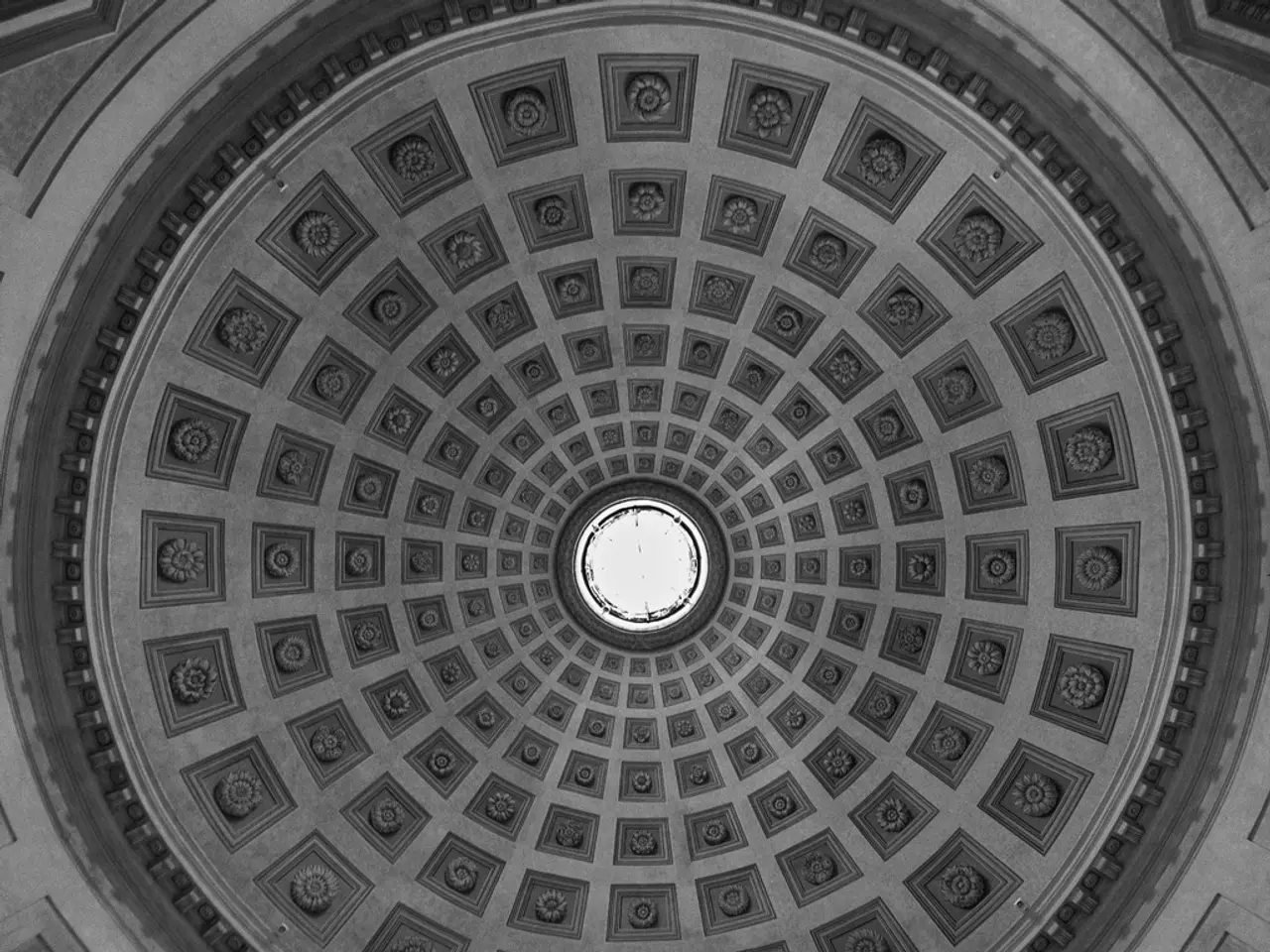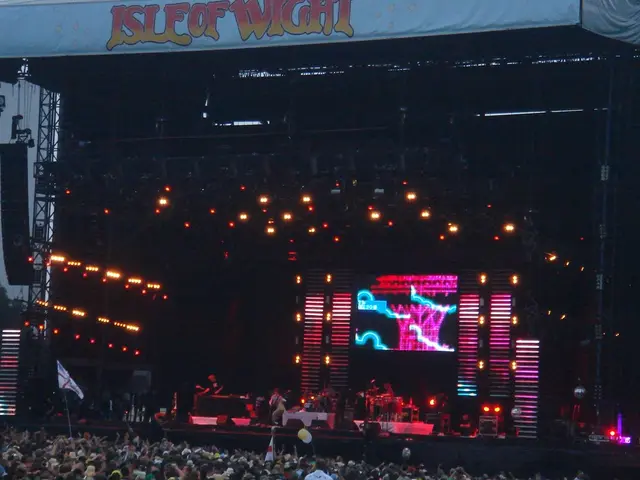LEED Green Associate: Decrease Solar Heat Absorption and Maximize Cooling Efficiency
==========================================================
In an effort to combat rising temperatures and improve energy efficiency, high reflectance roofing materials are gaining traction as a key strategy for urban development.
These materials, which include white thermoplastic membranes (TPO, PVC), coated metal, and special reflective asphalt shingles, have a high solar reflectance index (SRI) that helps them reflect more sunlight and absorb less heat compared to traditional roofing materials. For low-slope roofs, an SRI of 0.65 or higher is desirable, while for steep-slope roofs, an SRI of 0.25 or higher is preferred.
The benefits of high reflectance roofing are twofold. Firstly, they help reduce the degradation from heat and UV exposure, leading to longer-lasting roofs. Secondly, by reflecting more sunlight, they help mitigate the urban heat island effect, a phenomenon where city temperatures are significantly hotter than their surrounding rural areas due to the absorption of heat by dark surfaces. This, in turn, can lead to potential cooling cost savings of 10-20%, as high reflectance roofs can reduce peak roof surface temperature by up to 30%.
However, not all paving materials are created equal. For instance, low albedo (low reflectance) paving absorbs more heat, increasing surface and air temperatures. On the other hand, pervious paving, which allows stormwater to drain through, has minimal effect on surface temperatures.
Drip irrigation, a common water-saving method, does not significantly cool surfaces. Therefore, high-reflectivity roofing materials and urban surfaces remain the most effective option presented for reducing heat gain and peak air temperatures in and around a building.
The use of high reflectance roofing is not just beneficial for the environment, but it also aligns with sustainable building practices. The USGBC LEED Green Associate certification exam, a widely recognised credential demonstrating a foundational understanding of green building principles and practices, may include questions related to the benefits of high reflectance roofing materials.
In conclusion, high reflectance roofing materials offer a practical and effective solution for combating the urban heat island effect and improving building energy efficiency. By reflecting more sunlight and absorbing less heat, they contribute to a cooler urban environment, longer-lasting roofs, and potential cost savings on cooling expenses.
Read also:
- Peptide YY (PYY): Exploring its Role in Appetite Suppression, Intestinal Health, and Cognitive Links
- Toddler Health: Rotavirus Signs, Origins, and Potential Complications
- Digestive issues and heart discomfort: Root causes and associated health conditions
- House Infernos: Deadly Hazards Surpassing the Flames








